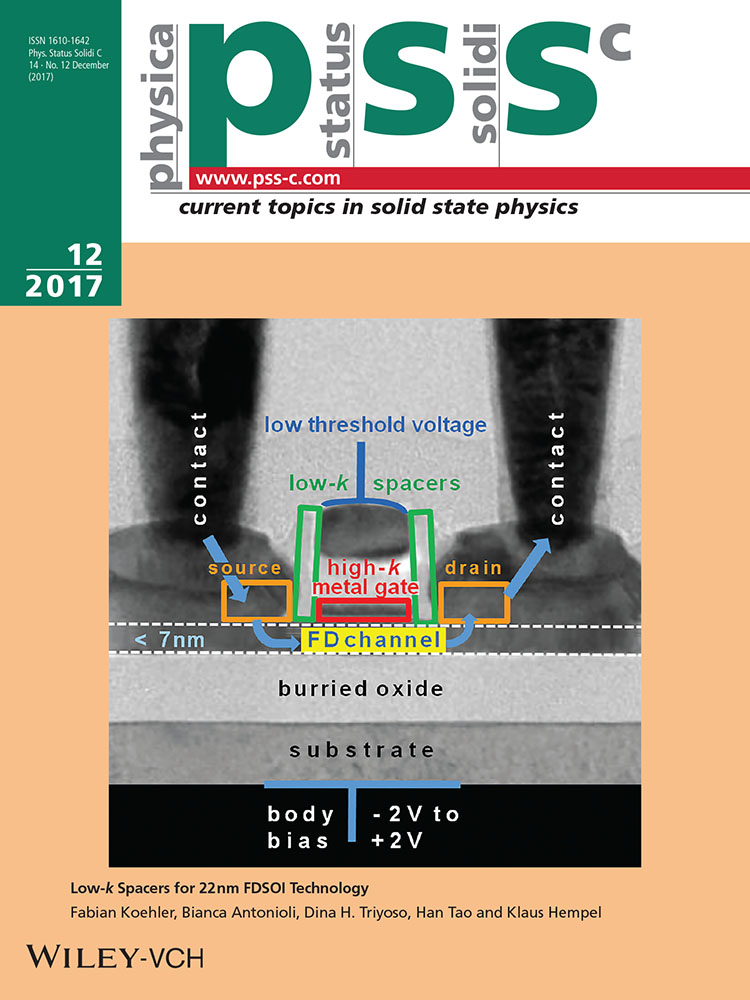On the virial theorem value and scaling of Coulomb-bound states in semiconductor heterostructures: effects of magnetic fields
Abstract
We have used the variational procedure and the fractional-dimensional space approach to study the effects of applied magnetic fields (perpendicular to the interfaces) in the virial theorem value and scaling of the shallow-donor binding energies versus quantum-sized donor Bohr radius in GaAs–(Ga,Al)As semiconductor quantum wells. In the fractional-dimensional space approach, one may show, under certain approximations, that the virial theorem value equals two and the scaling rule for the donor binding energy versus Bohr radius is hyperbolic for GaAs–(Ga,Al)As wells. In contrast, calculations within the variational scheme show that the scaling of the donor binding energies with a quantum-sized Bohr radius is, in general, non-hyperbolic and that the virial theorem value is non-constant. We conclude with a comparison with previous theoretical studies with respect to exciton states.




